Feature collections
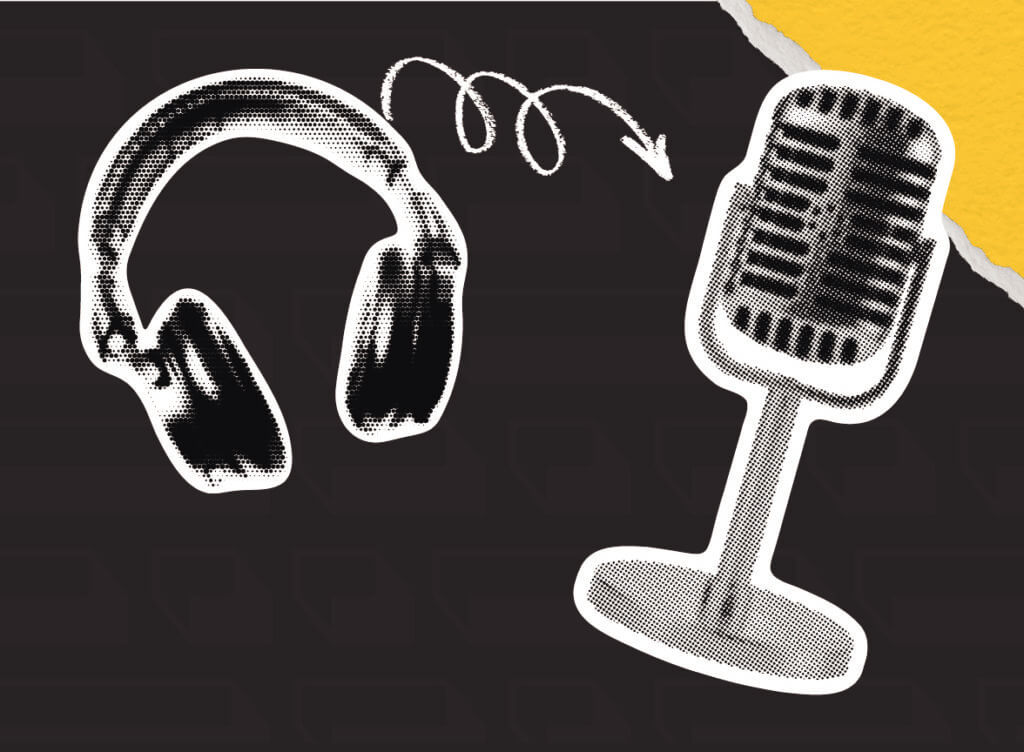
Lab Coat Optional Podcast
Leave your lab coat at the door and tune in to discover cutting-edge ASU research—no jargon, just insight.

Changing the way the world solves problems
This series explores how ASU tackles complex problems to help transform entire systems for the better.
Cybersecurity awareness month
Each October, ASU’s Global Security Initiative celebrates Cybersecurity Awareness Month by sharing the biggest cybersecurity challenges, how ASU is working to address them and how individuals can stay safer online.
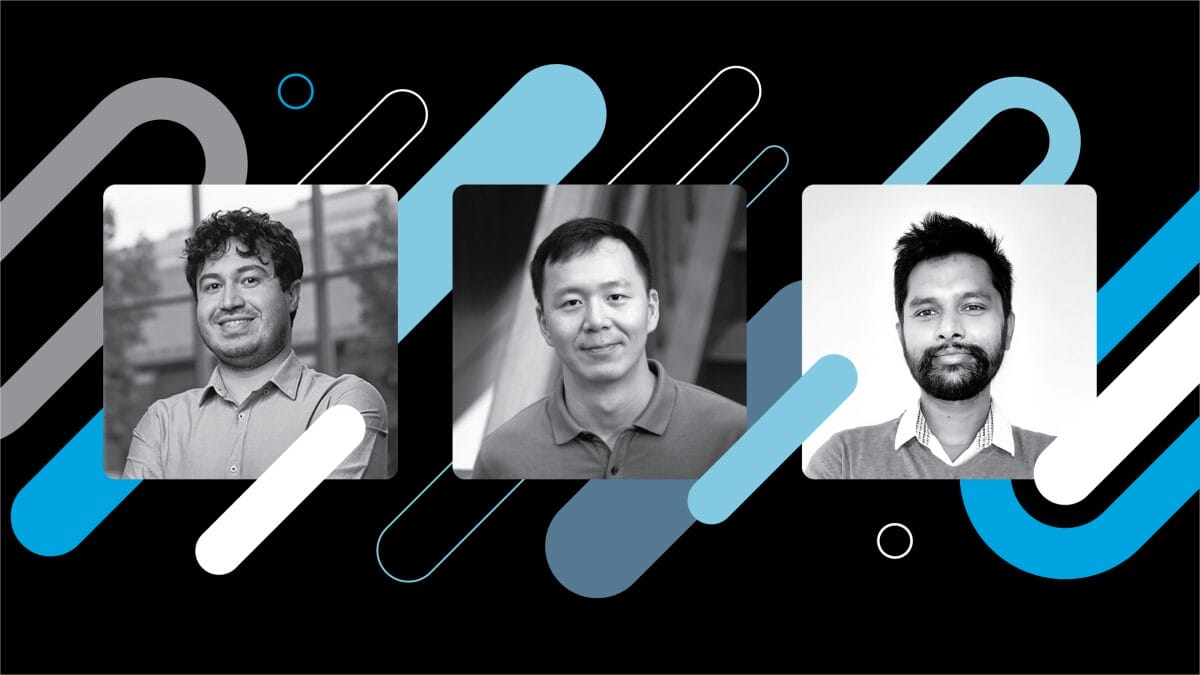
Meet 3 ASU cybersecurity researchers advancing a more secure future
Research from these faculty members in the Center for Cybersecurity and Trusted Foundations is paving the way for a more secure online existence.
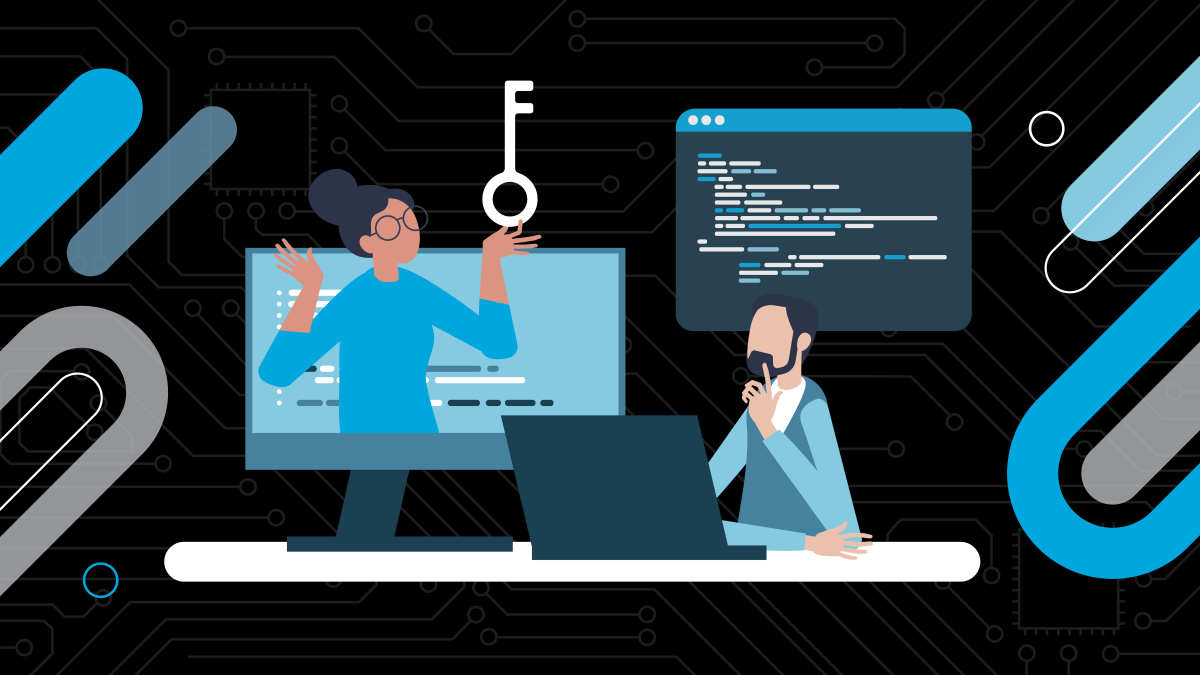
DEF CON Academy looks to serve, build community
New effort from ASU’s Global Security Initiative aims to upskill the hacker community at scale.
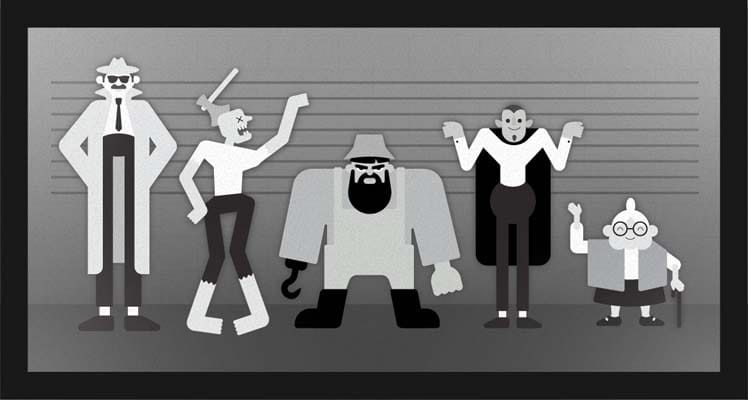
The ‘monsters’ of cybersecurity — and how to slay them
In this Cybersecurity Awareness Month and Halloween monster mashup, ASU experts share some of the scariest threats in cyberspace — and how to fight them.
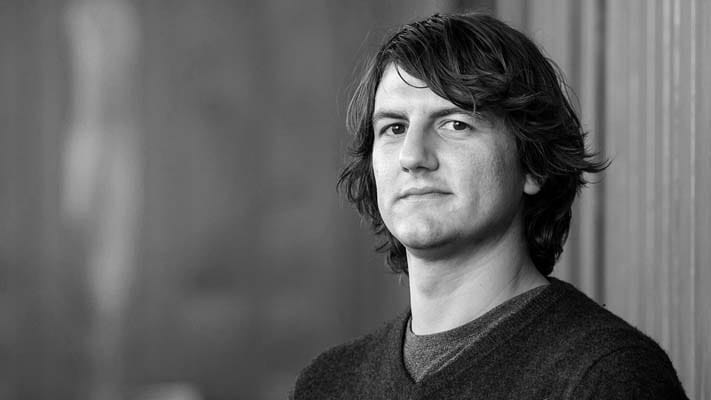
Cybersecurity threats that keep experts up at night
Adam Doupé, director of ASU’s Center for Cybersecurity and Trusted Foundations, discusses the importance of online vigilance, the time he fell for a phishing attack and the scariest cybersecurity “monsters.”
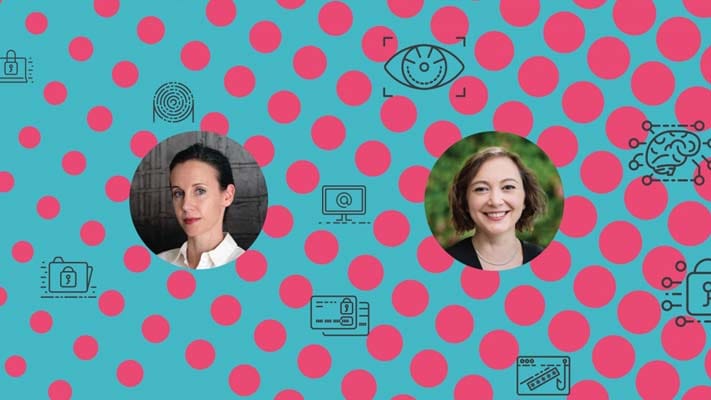
7 things you should know about cybersecurity
Cybersecurity is everyone’s responsibility. How can you protect yourself online and what can we do about cybersecurity challenges? ASU experts give simple steps and advice this cyber awareness month.
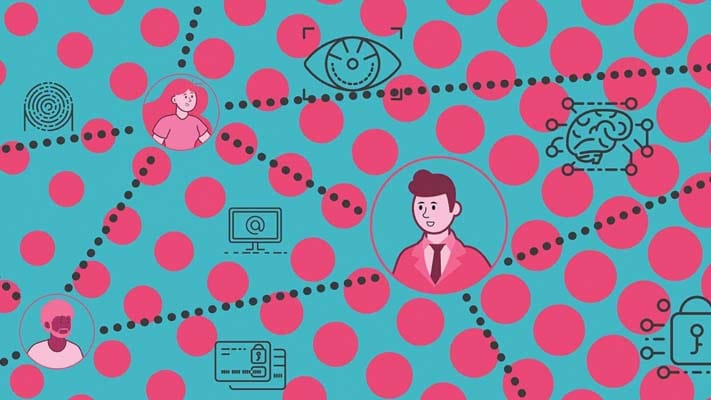
Creating the future cybersecurity workforce
Cybersecurity is critical to national security, and ASU is filling the need through hands-on experience, innovative education and world-class research.
ASU KEDtalks
ASU KEDtalks are the bridge between your curiosity and what ASU researchers are exploiting and discovering. KEDtalks spark ideas, indulge curiosity and inspire action. They connect you to others like you – people who care and want to know more.
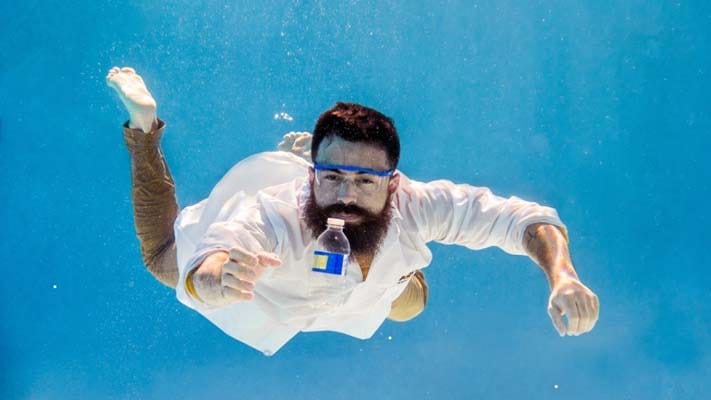
Swimming in plastic
There’s something in the water — plastic. An unfathomable amount of plastic has made its way into our oceans, but Charlie Rolsky believes we can make small changes in our lives to turn the tide of plastic pollution for a cleaner world and healthier ecosystems.
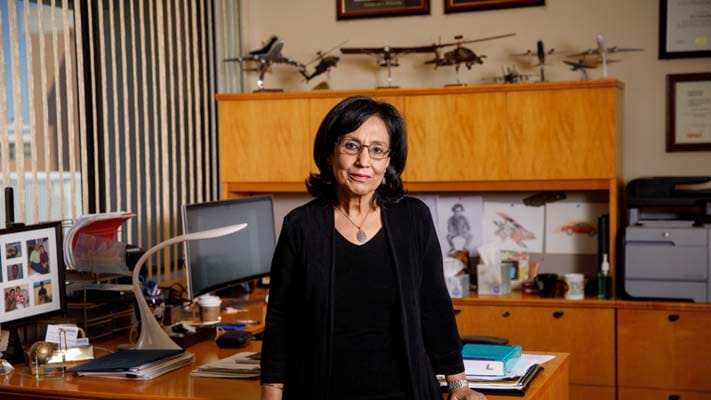
Resilience in materials and in life
No stranger to resistance, Regents Professor Aditi Chattopadhyay has forged her own path in aerospace engineering to design resilient materials capable of withstanding the rigors of the world.
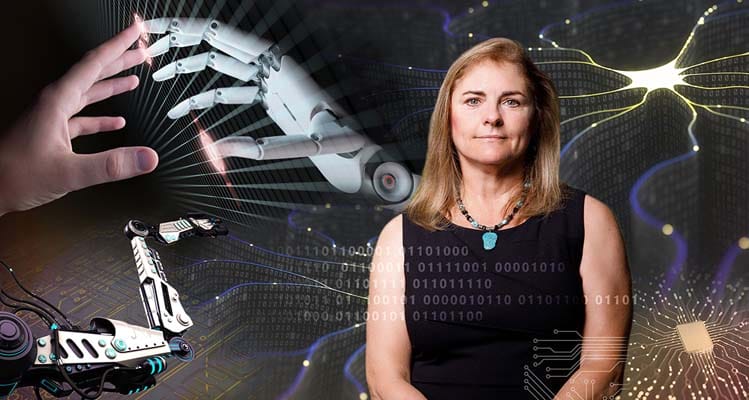
Autonomy isn’t autonomous
Robots and artificial intelligence are growing more and more autonomous. But they still need to work smoothly with humans to be effective. ASU Professor Nancy Cooke explores how humans, robots and AI can best work together as a team.
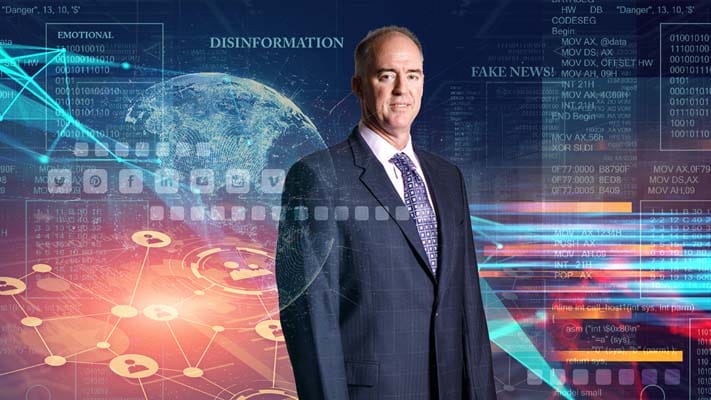
How to defend against fake news
There’s an insidious threat that seeks to divide the nation and undermine our faith in democracy — disinformation. ASU researcher Scott Ruston offers tips on how to defend yourself.
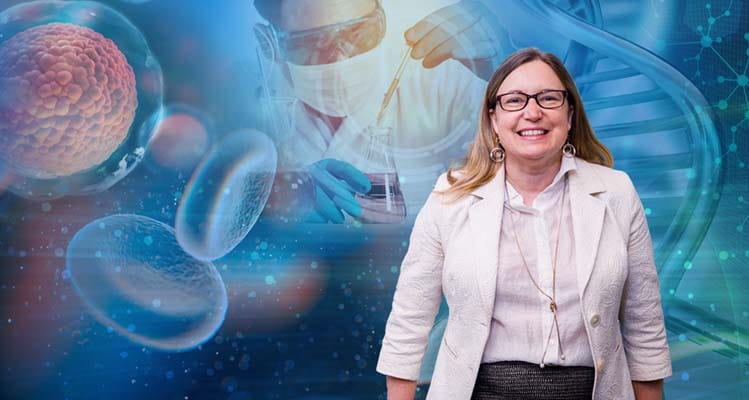
A ‘living drug’ that beats cancer
Could unleashing the body’s immune system cure cancer? Karen Anderson reveals how a scientific breakthrough that empowers the body’s own cancer-killing T cells offers new hope.
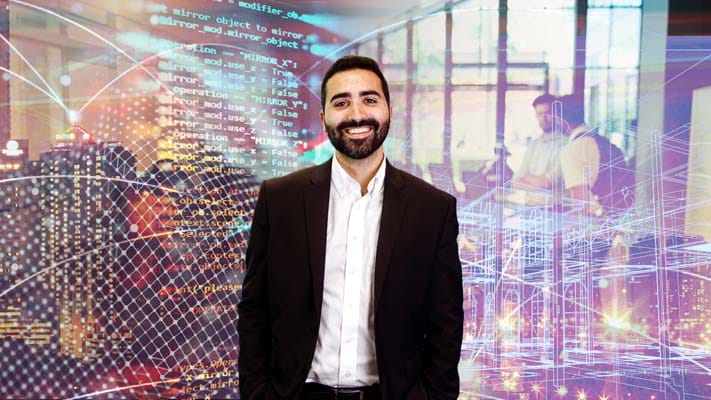
Luminosity — where creative genius works
Mark Naufel launched Luminosity with moonshot ideas in mind. Now, interdisciplinary teams of students with bright ideas are designing, building and deploying innovations that positively impact society.
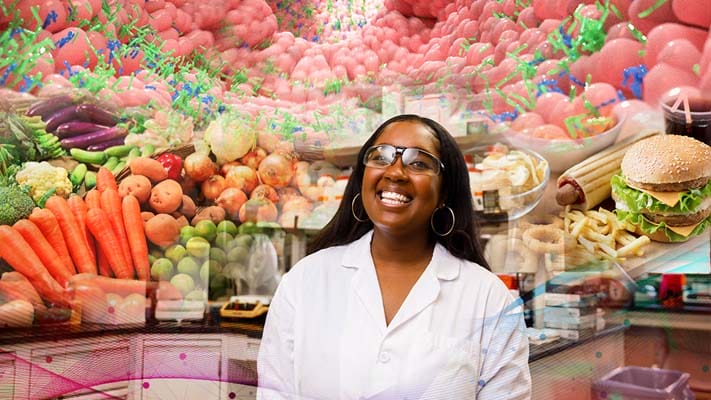
What poop says about your health
For Meli’sa Crawford, talking about poop isn’t gross or impolite — it’s an important part of a day’s work. She studies poop to learn about the microbiome, or gut bacteria, and to understand how gut bacteria affect your health.
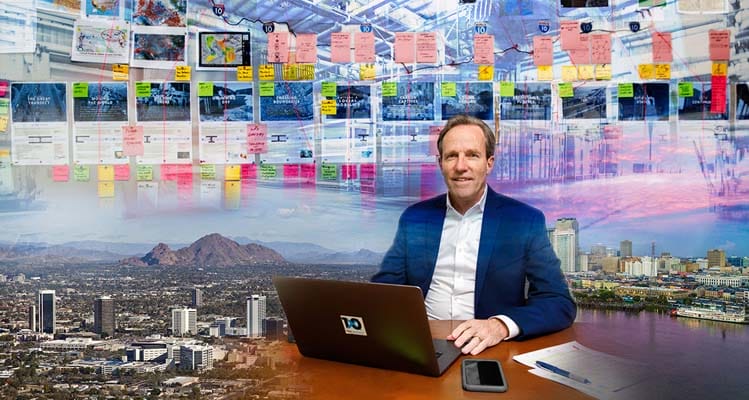
Preventing predictable disasters
The Interstate 10 spans the U.S. and offers a living laboratory for exploring the biggest issues of our time. Duke Reiter explains how ASU’s Ten Across (10X) initiative is using this transect to plan a resilient future.
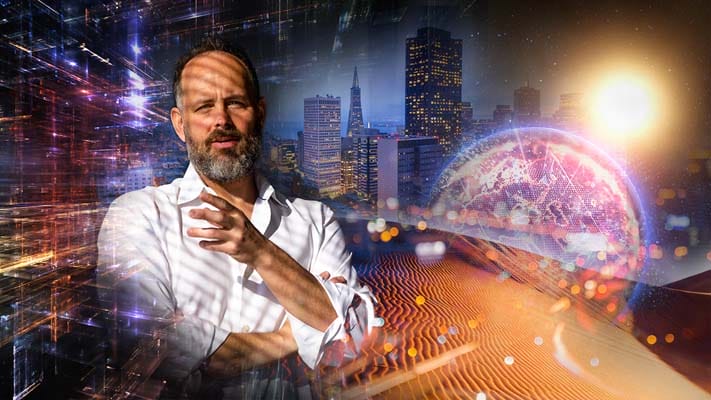
Can innovation exist without soul work?
Is innovation always good? And is more always better? Not without “soul work,” says Gaymon Bennett. He explains what soul work, shadow and spirituality have to do with our fixation on innovation in a new KEDtalk format with bonus podcast.
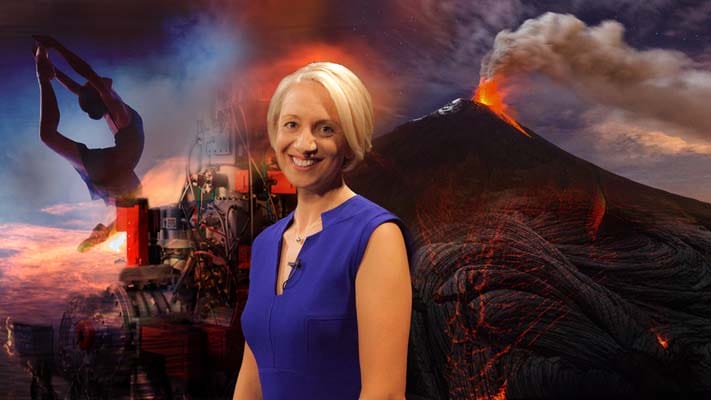
A geologist’s grand jeté
ASU geologist Christy Till describes what it’s like to take the leap from dancer to scientist — and explores the hidden life of magma.
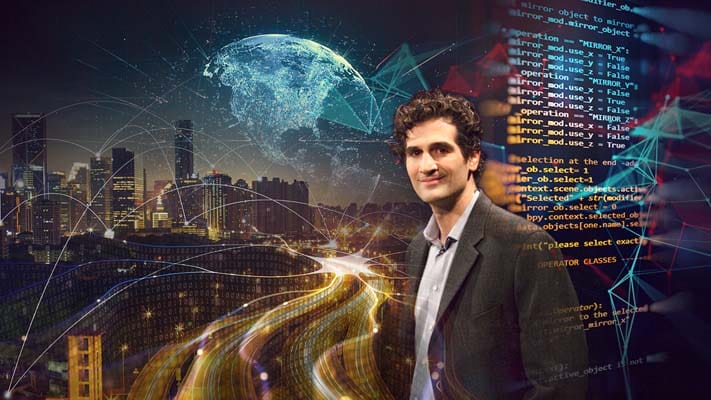
Staying ahead of cyberattacks
Paulo Shakarian tells us how mining the dark web can throw light on cybercriminals and thwart their impending attacks. He likens his research strategy to that of a soldier running reconnaissance on the enemy.

Hunting for hydrogen, a moonshot
Craig Hardgrove tells us how the first self-propelled, shoebox-sized spacecraft could reveal the whereabouts of water on the moon and what that means to Earthlings. He also explains why small spacecraft allow us to take bigger risks.
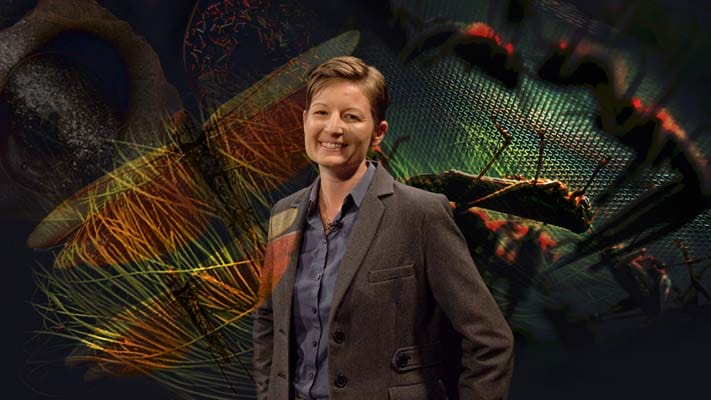
Plagued with questions
In many parts of the world, locust swarms devastate crops and communities. Arianne Cease is trying to change that.

Democratizing digital design
Technology is not created to reflect the rich diversity of people that use it, says Jessica Rajko. She contends that adding more voices in the design process will create not only more inclusive tech experiences but better technology overall.
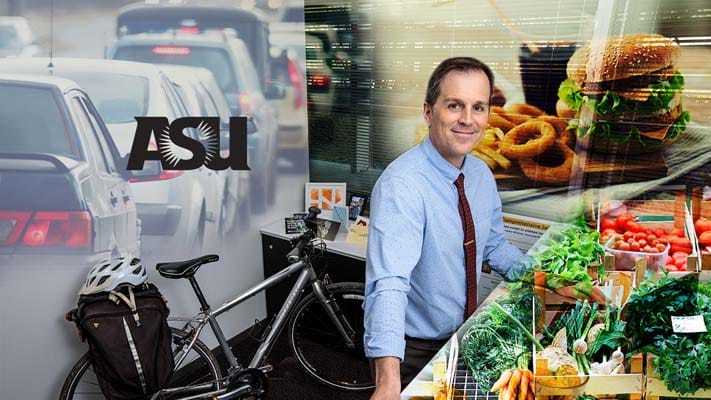
Change everything, all at once
By revealing what is hidden in plain sight, Chris Wharton illuminates a path to health, wealth, happiness and sustainability.
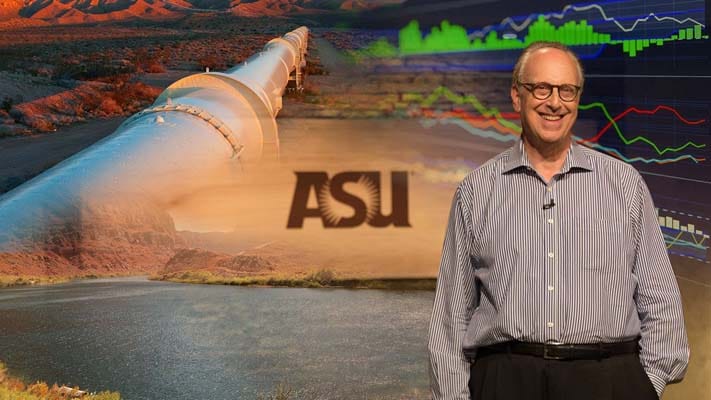
Water, a pricing paradox
Water is cheap. It falls from the sky. But the infrastructure to store, transport and clean it is expensive. Michael Hanemann brings the true cost to the surface and explains why it’s going to get higher.
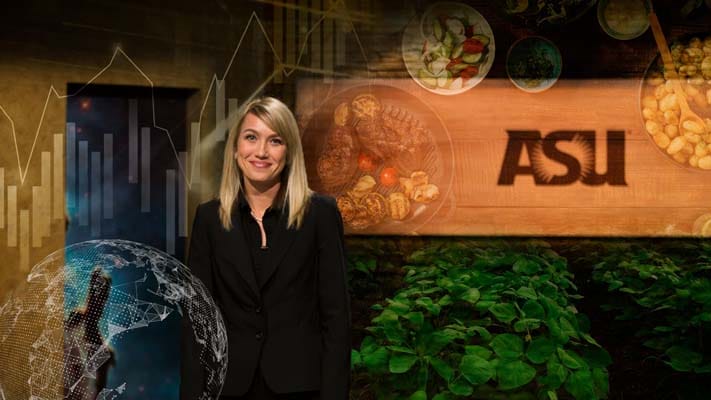
Building a true sharing economy
In our modern sharing economy, apps let us catch a ride or find a place to stay – for a price. Amber Wutich says we’ve lost something vital in commodifying what we used to share. Find out what we’re missing and how to get it back.

Carbon is a terrible thing to waste
Like throwing trash into the street, each year we pump tons of carbon dioxide into the atmosphere. Klaus Lackner has developed technology poised to collect and reuse our carbon while cleaning the air.
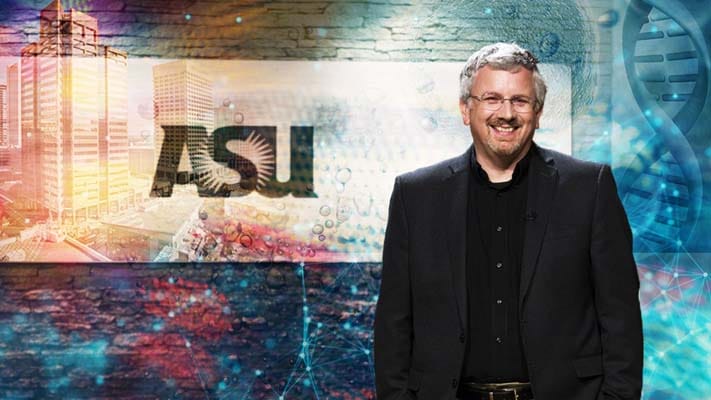
Designing Earth’s future
Ariel Anbar spent years studying our planet’s past. Then a simple question inspired him to consider our role in designing Earth’s future for the better.
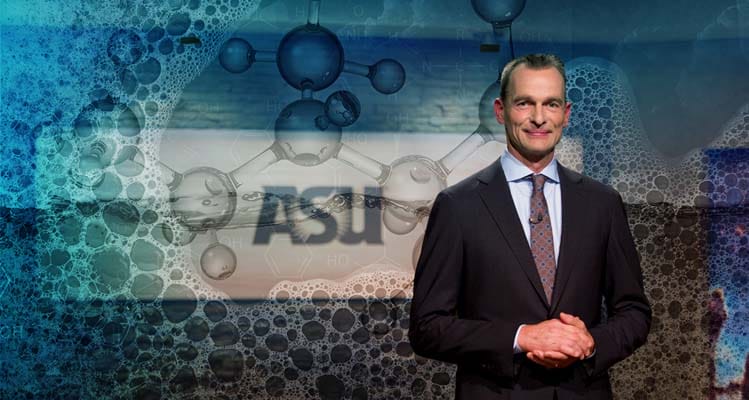
What soap leaves behind
Some soaps leave a residue that reaches far beyond your shower door. Rolf Halden tells us about the unexpected consequences of our obsession with antimicrobials and where we go from here.
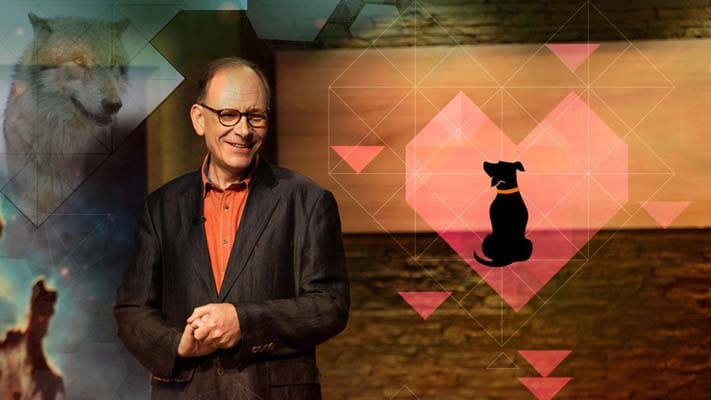
Why are dogs special?
Lots of people think dogs are unique in their intelligence. Clive Wynne, director of ASU’s Canine Science Collaboratory, says that’s not true. But he knows what makes dogs truly special.
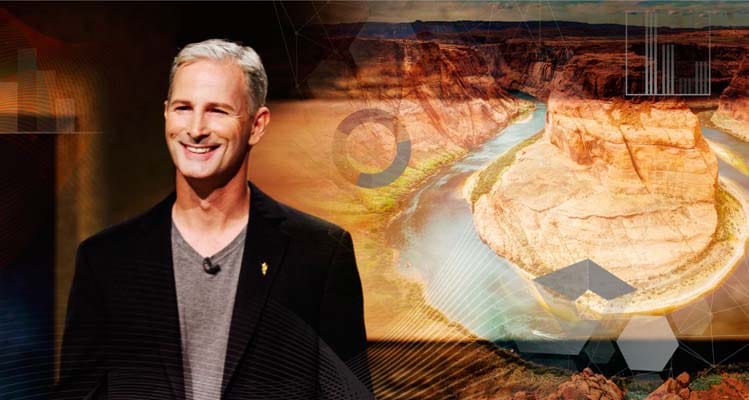
Charting a course for Colorado River water
We’ve portioned out more of the Colorado River’s water than it can deliver. How do we navigate the rapids of water management without capsizing under growing demand? Dave White of ASU’s Decision Center for a Desert City explains how to stay afloat.

Visitors from another world
Gazing at the night sky conjures deep questions about the universe. Meenakshi Wadhwa, professor at the School of Earth and Space Exploration and director of the Center for Meteorite Studies, invites us to look at the planetary ‘Rosetta stones’ right here on Earth that can give us answers.
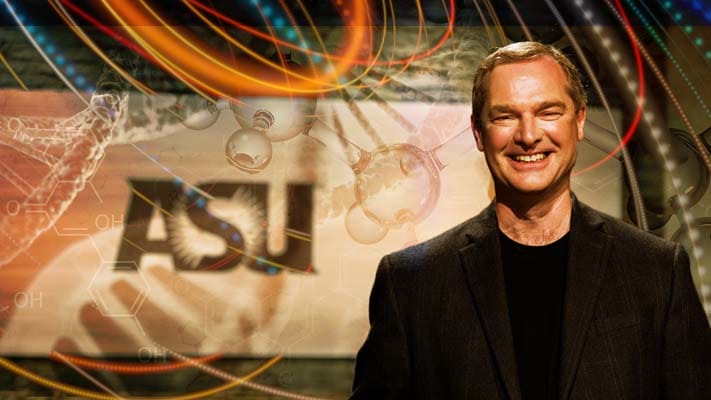
Risk is not just a four letter word
Most people don’t like talking about risk. Andrew Maynard of ASU’s Risk Innovation Lab does it for a living. Learn how he thinks we can all tackle risk challenges by framing them as values.
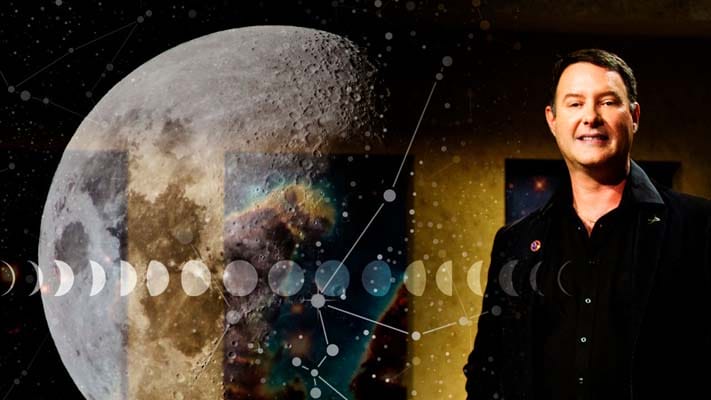
Weekending on the moon
Is a weekend on the moon just around the corner? ASU School of Earth and Space Exploration Professor Jim Bell makes the case for why deep space is the new economic frontier and what that will mean for humanity.
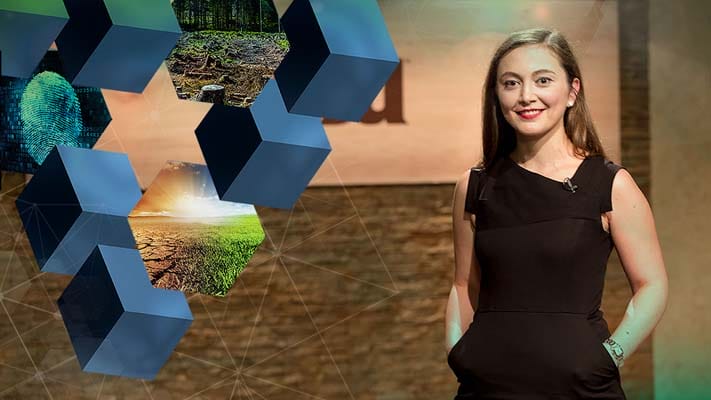
Solving the unsolvable problem
As director of ASU’s Global Security Initiative, Nadya Bliss is tackling seemingly-unsolvable “wicked” problems ranging from information security to the spread of infectious disease. She says we need to embrace complexity—not try to remove it out of fear of failure—if we are to face these challenges successfully.
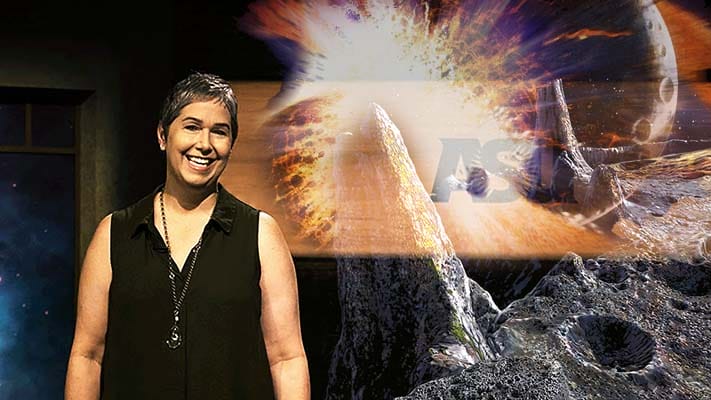
Journey to a metal world
ASU Professor Lindy Elkins-Tanton discusses what we can learn from her NASA mission to Psyche, and her unorthodox path to a career in space exploration.